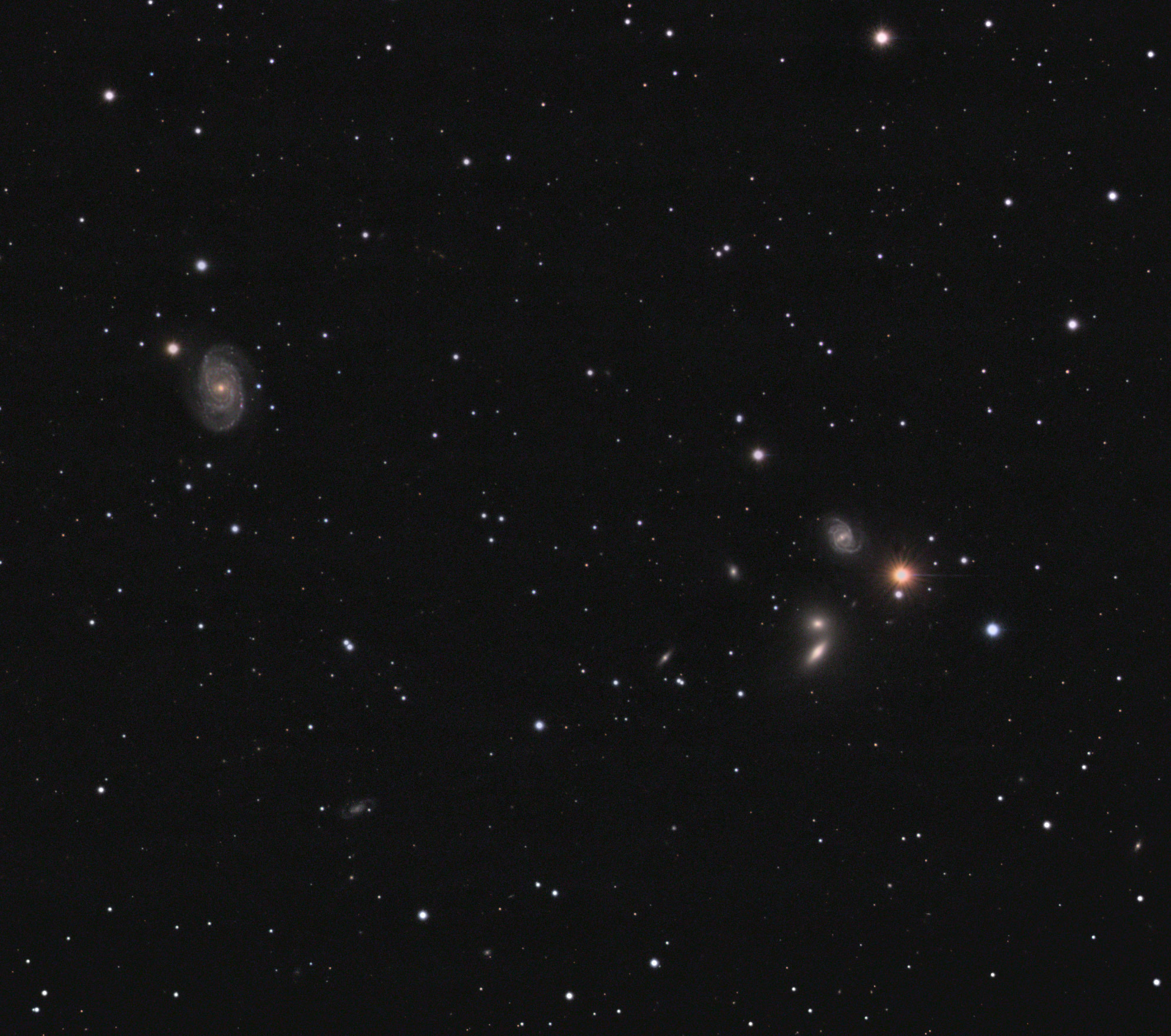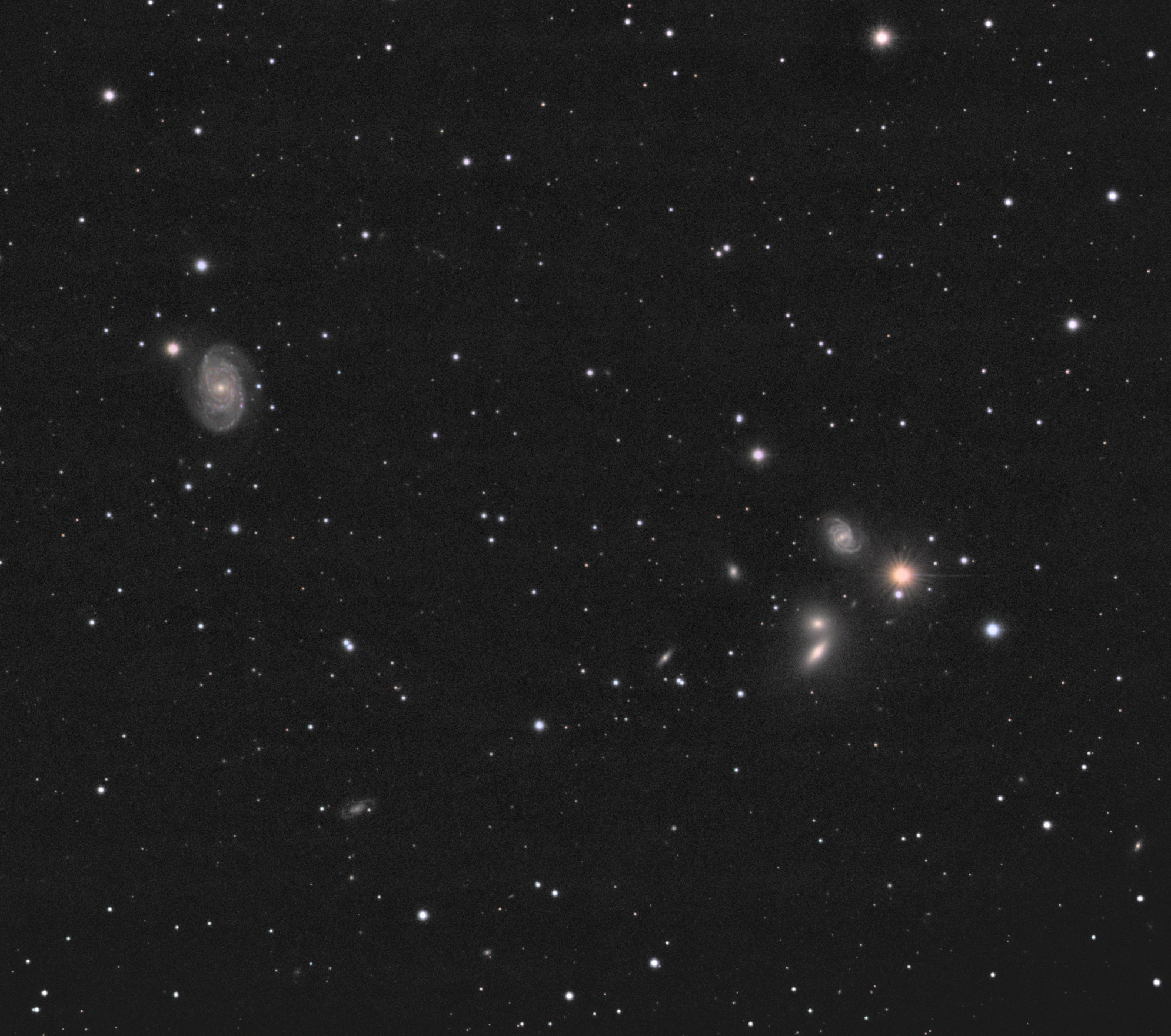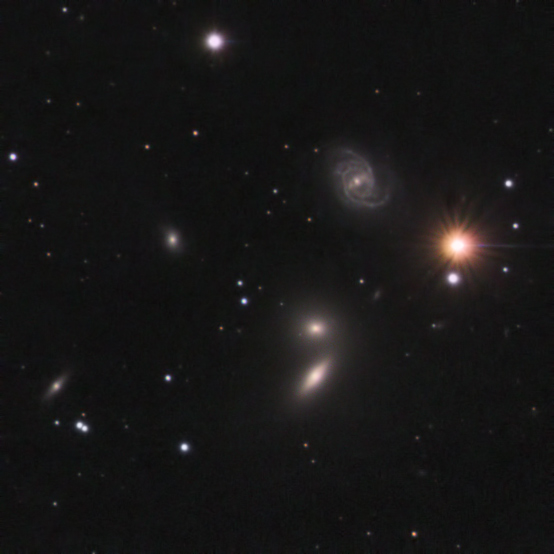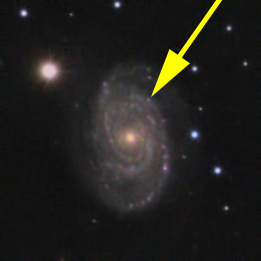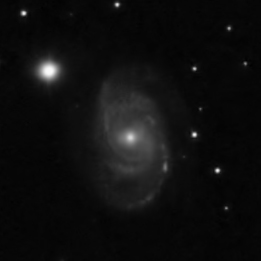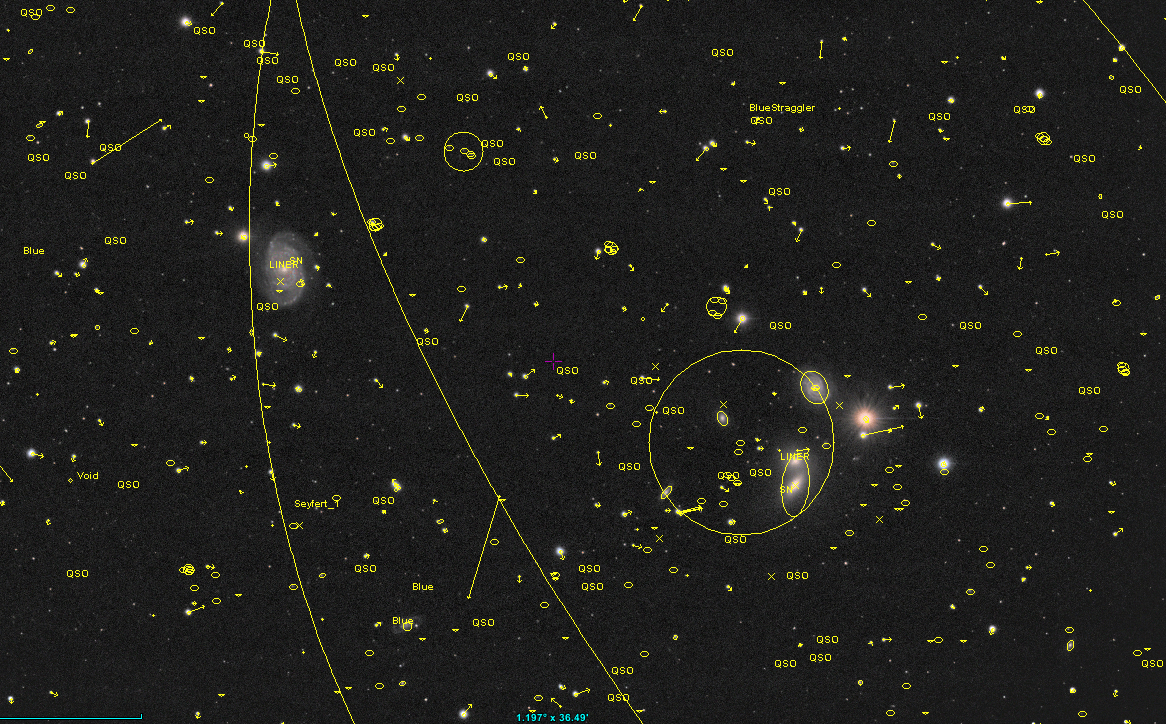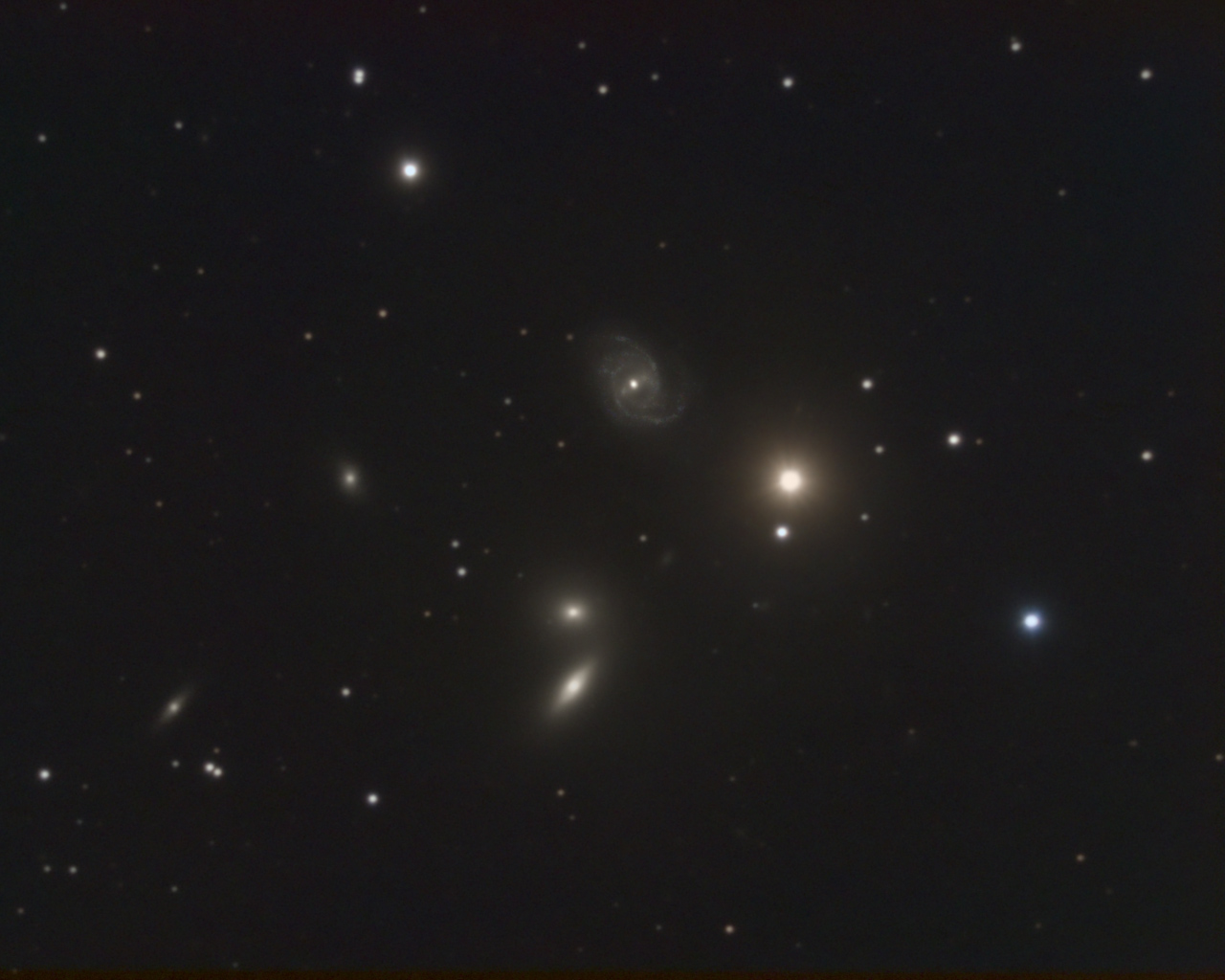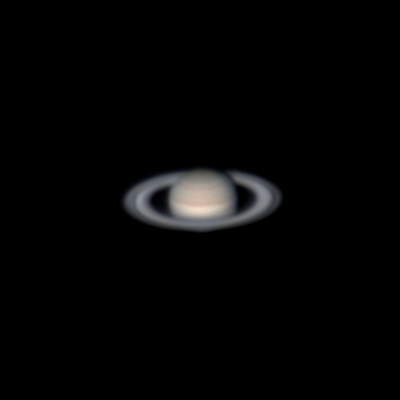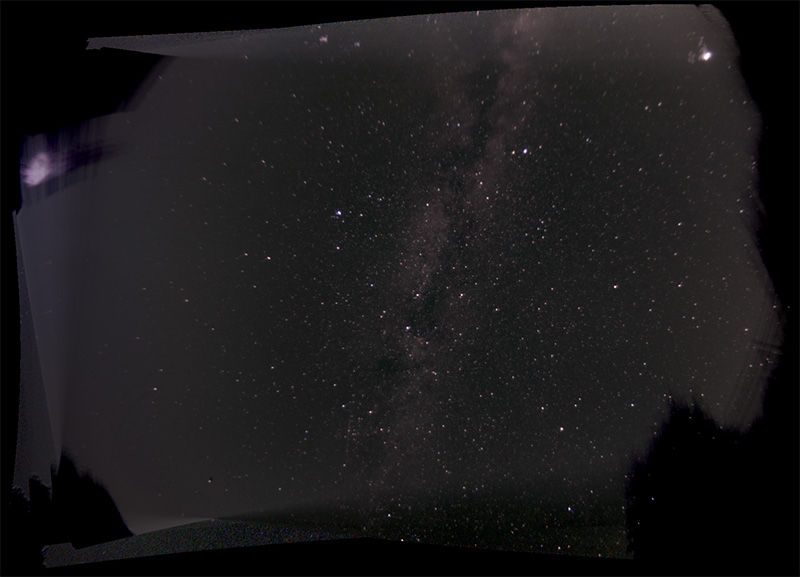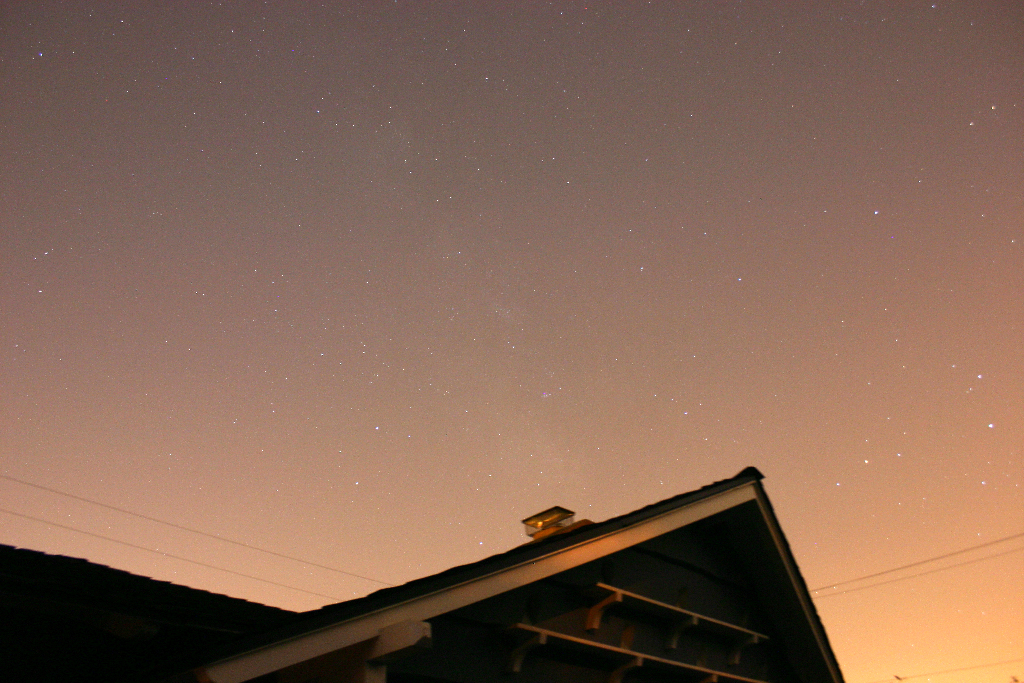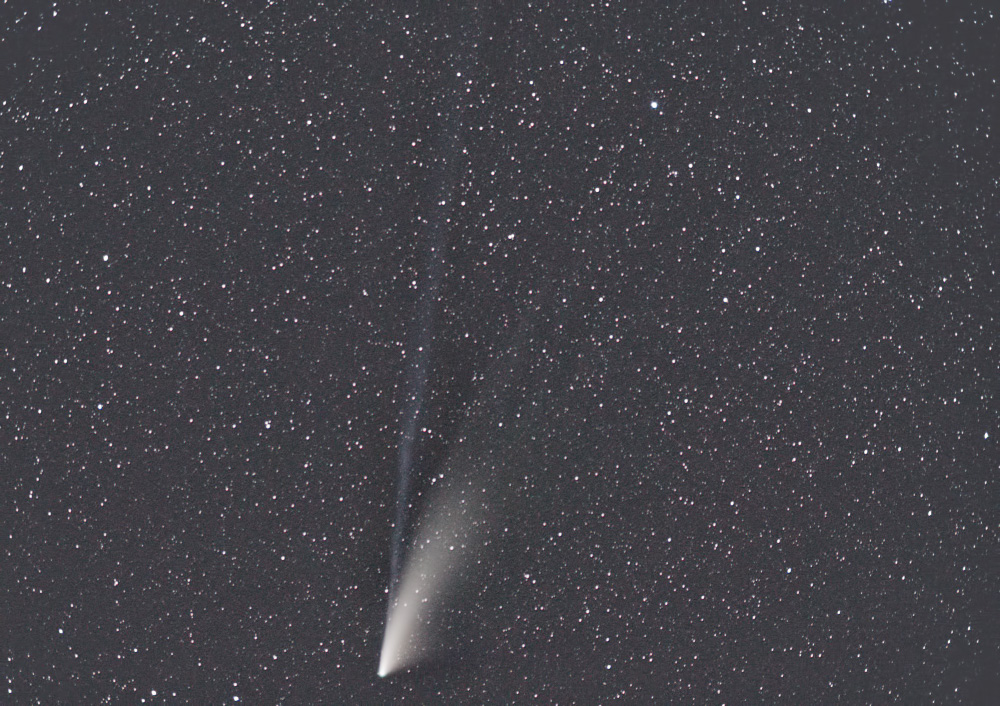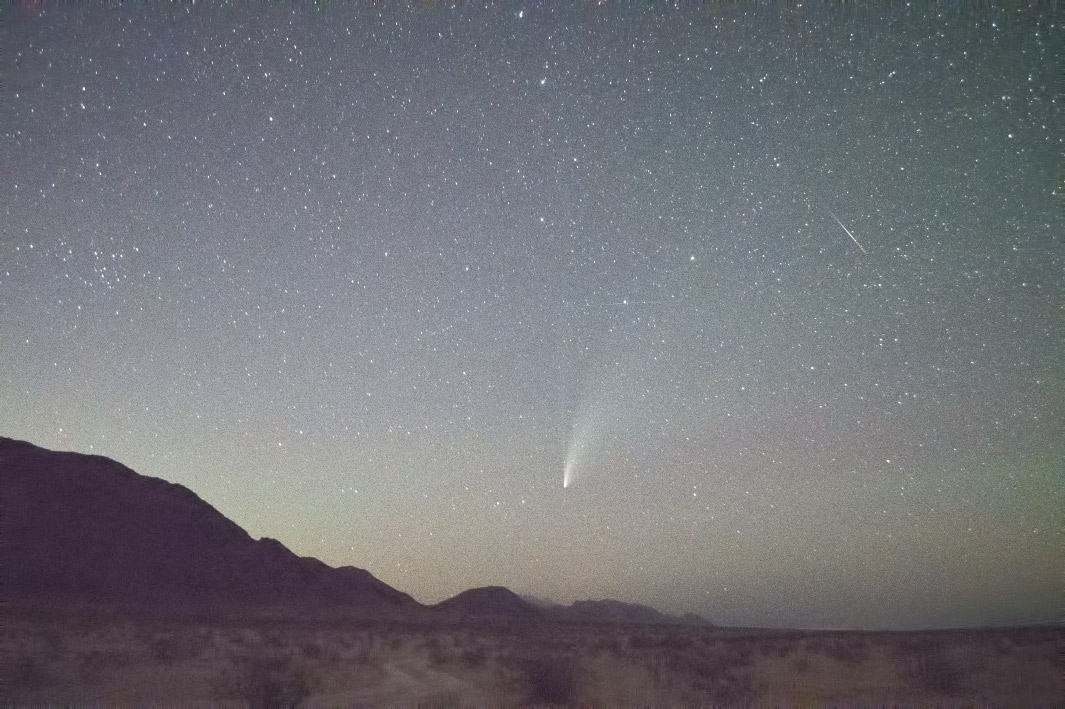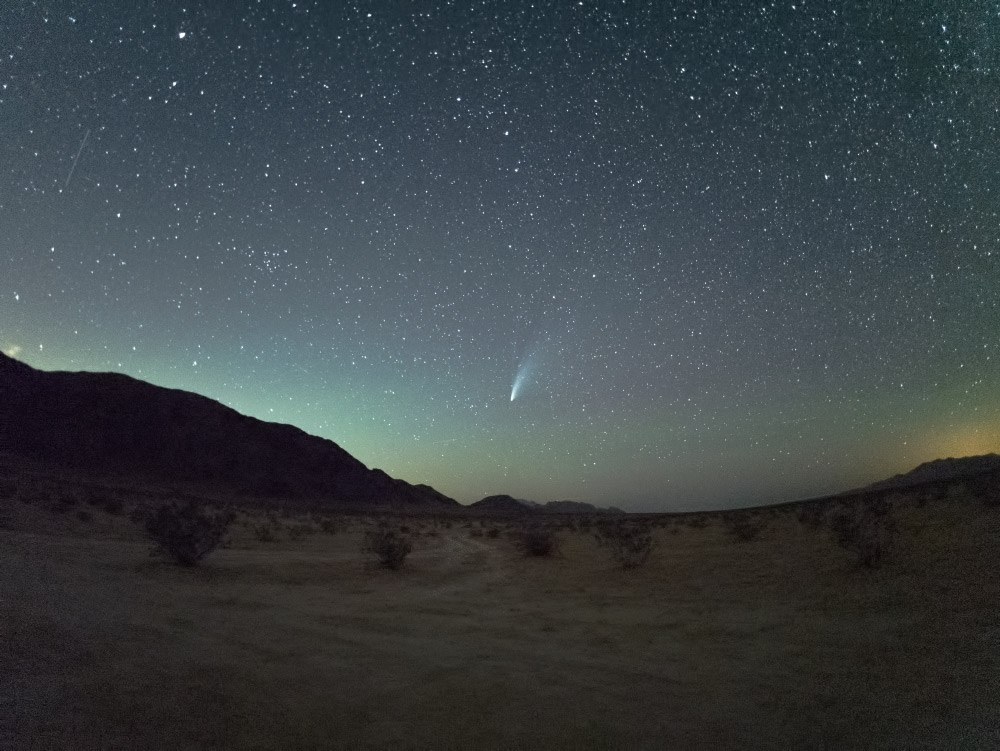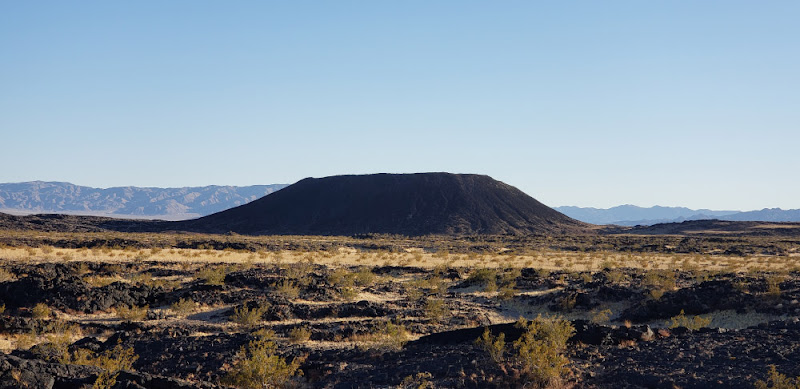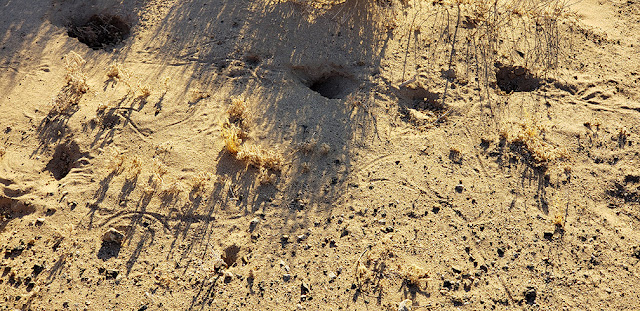Try increasing gamma if dark sections aren't distinguished
Sunday, September 20, 2020
Compact Galaxy Group Hickson 68 and a supernova
Monday, September 7, 2020
saturn and jupiter, preparing for the great conjunction
a late start on the gas giants this year due to comet neowise hoopla, here's my first of the year, a quick shot thru my smaller SCT:
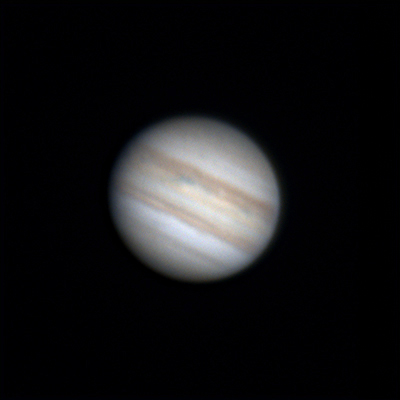 |
| Jupiter 8/26/20 6:01 UTC |
A GREAT CONJUNCTION of jupiter and saturn this december is getting hyped. every 20 years or so, jupiter laps saturn in it's orbit, which means for a brief period they are very close together visually. This year, on December 21, they will be separated by only 6 arcminutes--the closest conjunction in 400 years. this means the two can be seen in the same telescopic field. Their moons will almost overlap.
OK realistically speaking, the planets will both be very low in the sky at this time of year. therefore, the seeing will be poor, limiting the ability to get fine detail. furthermore, the field of view required to capture all the objects will be too large to portray fine detail. that being said, the juxtaposition will probably look pretty cool to veteran astronomy buffs who are not used to seeing the two objects in the same field.
Visually, you can "prepare" for the conjunction, by watching the two planets grow closer together in the evening sky. photographically, i'll have to work to get a planetary imaging system with a large field of view. i may actually use a refractor ;)
More information:
Tuesday, August 25, 2020
a perseid
back in eastbluff i decided to try out my D850 on the perseids on 8/11/20. an extremely bright meteor streaked like lighting across the sky as i set up my camera at round 10 or 11 pm...only caught one with the camera over the next 3 hours:
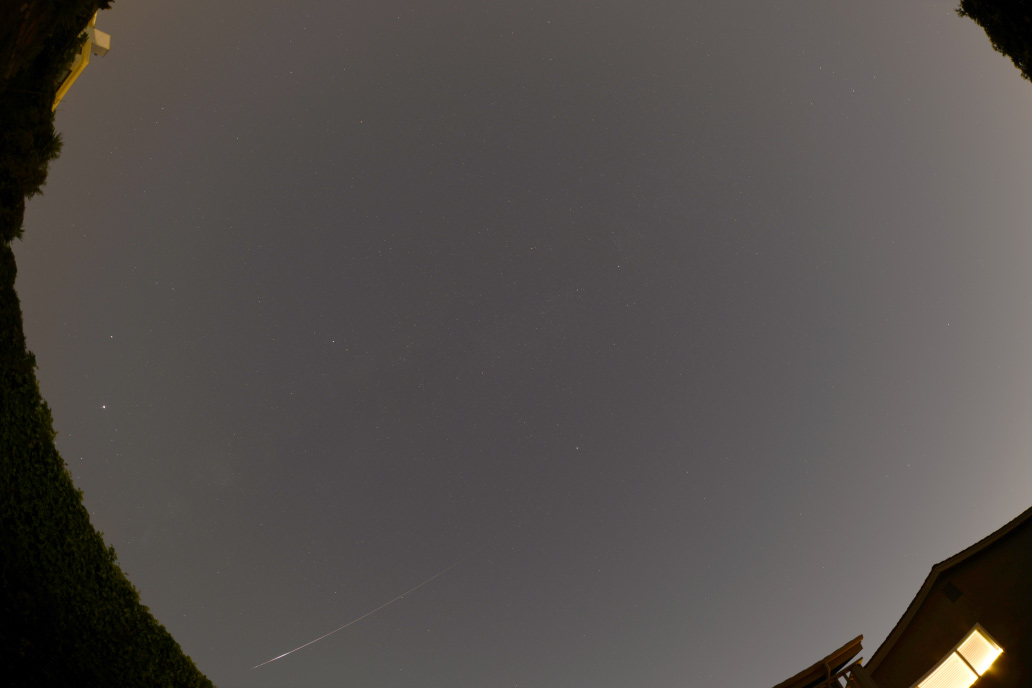 |
| Perseid 8/11/2020 |
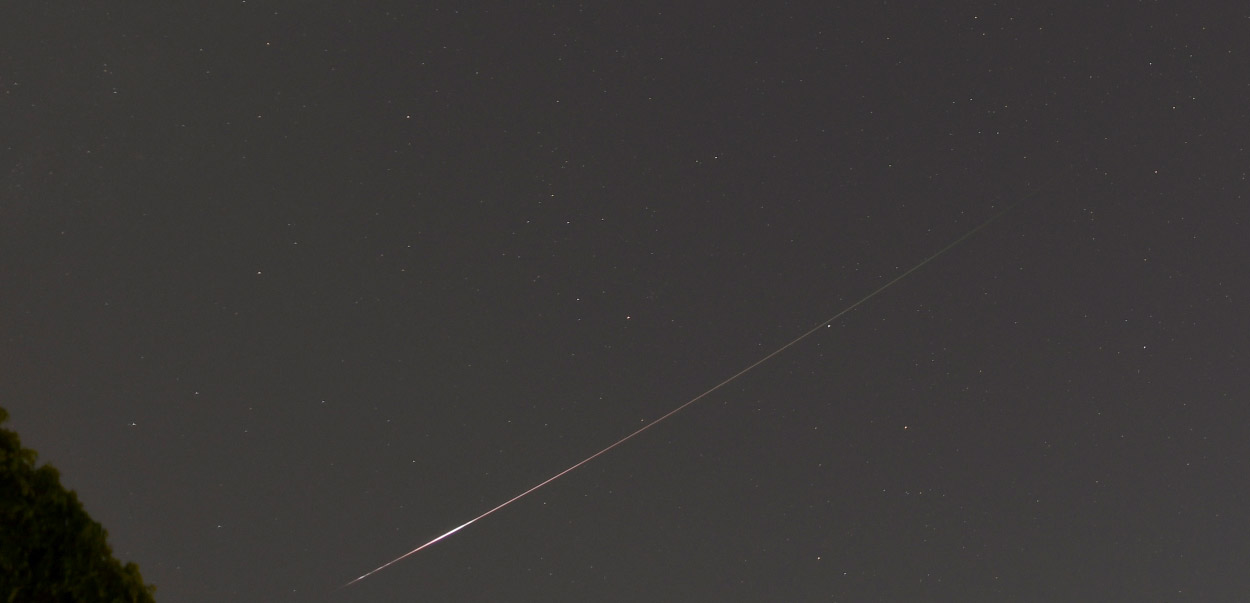 |
| close up |
Saturday, August 22, 2020
our galaxy
the milky way has been on my to do list for a while. here's a shot from the desert:
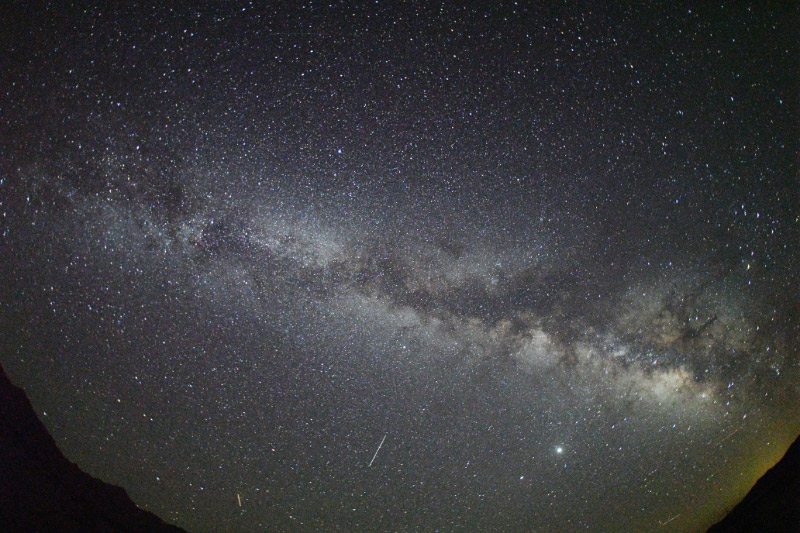 |
| Milky Way 7/21/2020, Sheep Hole Valley Wilderness, Mojave Desert |
my best to date, though somewhat anticlimactic as it was a 20 second afterthought while shooting comet neowise
another edge on galaxy for comparison:
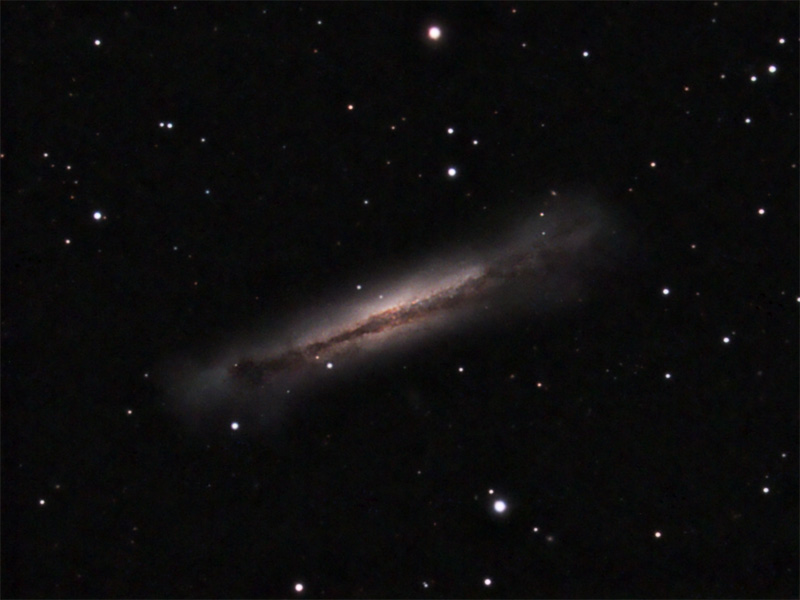 |
| NGC 3628 35 million light years away 2007 |
Sunday, August 16, 2020
NEOWISE C/2020 F3 from the desert
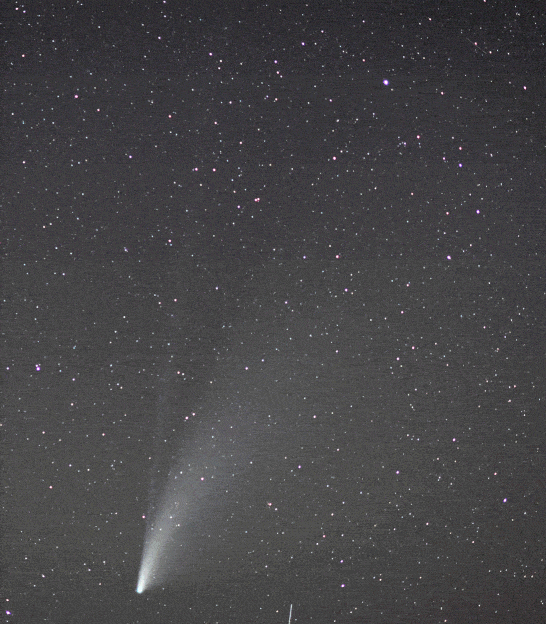 |
| comet NEOWISE C/2020 F3 animation, series of 3 second exposures 7/21/20 |
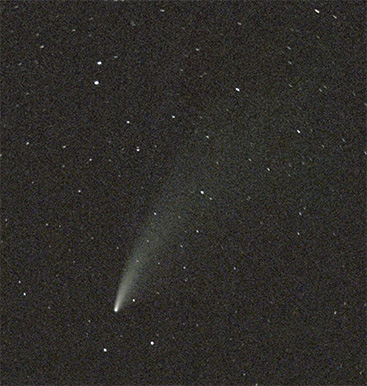 |
| Nikon D60 stacked and processed |
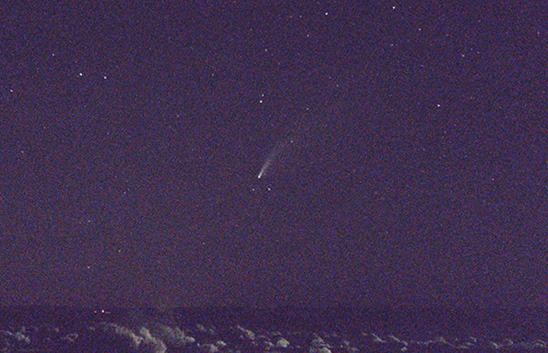 |
| Samsung Galaxy Note 9 single frame |
the sheep hole mountains on the left of the widefield are shielding the barstow (and 29 palms) light dome which i assume can be seen from much of joshua tree when looking NW:
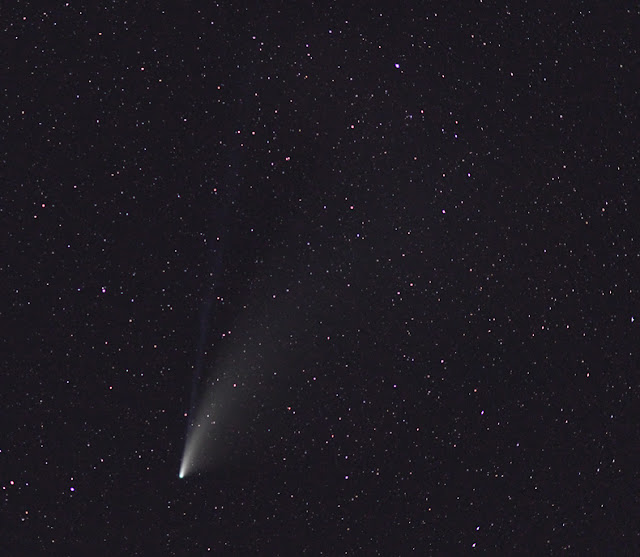 |
| NEOWISE 7/21/20 5 sec ISO 6400, better star color and green at comet core |
